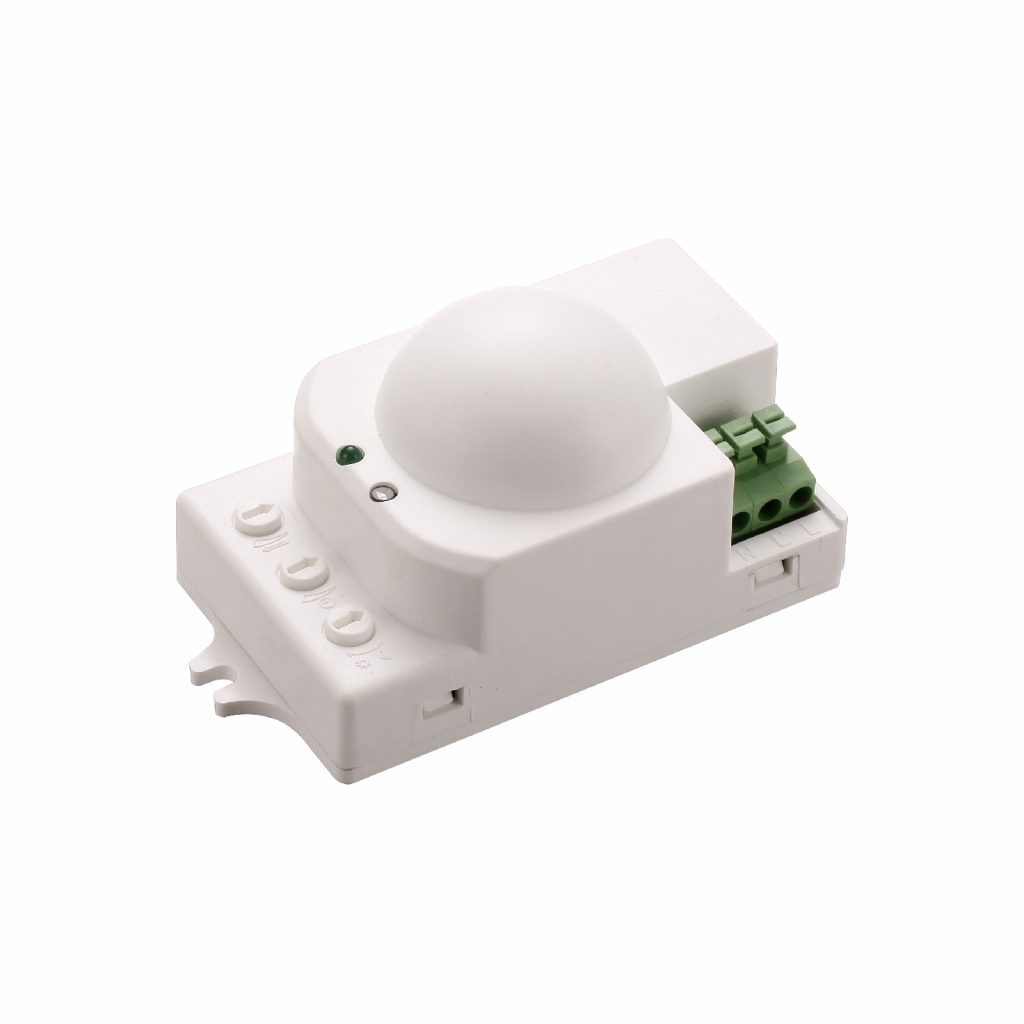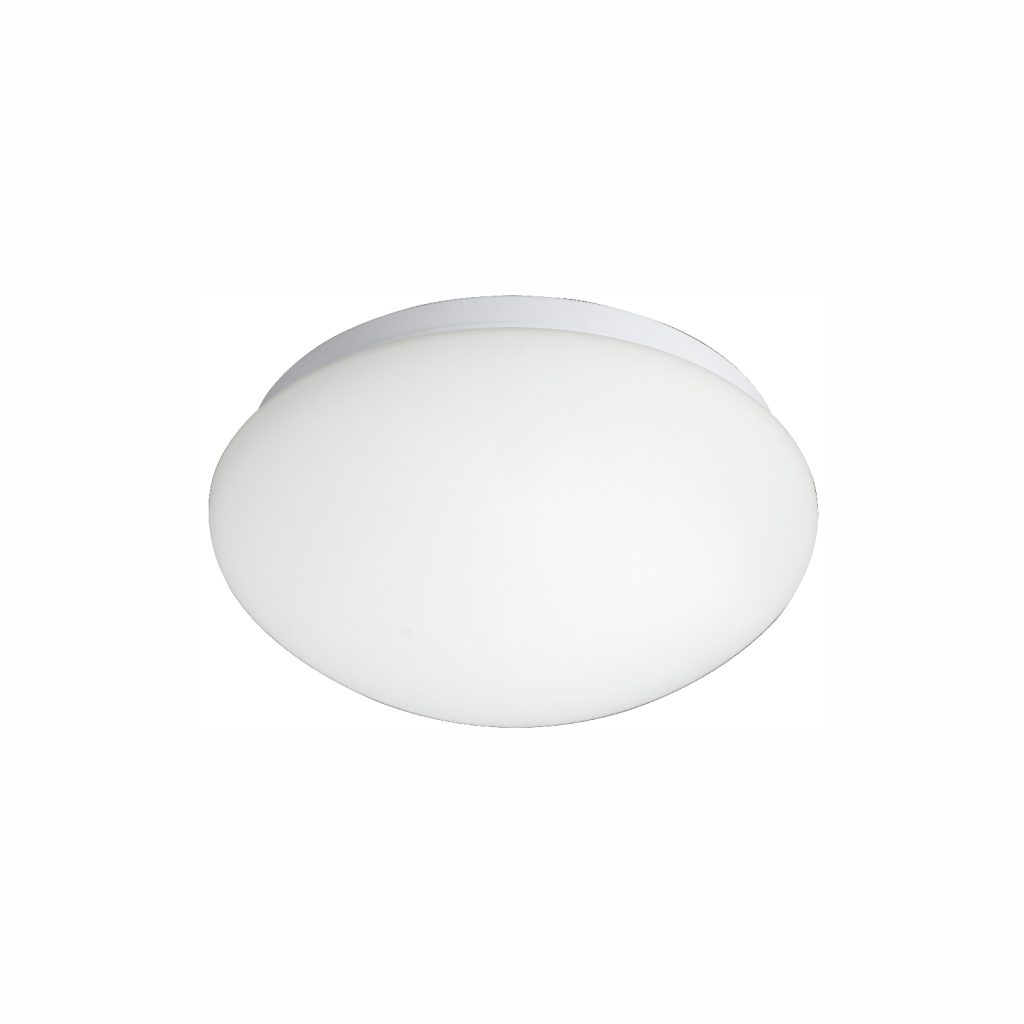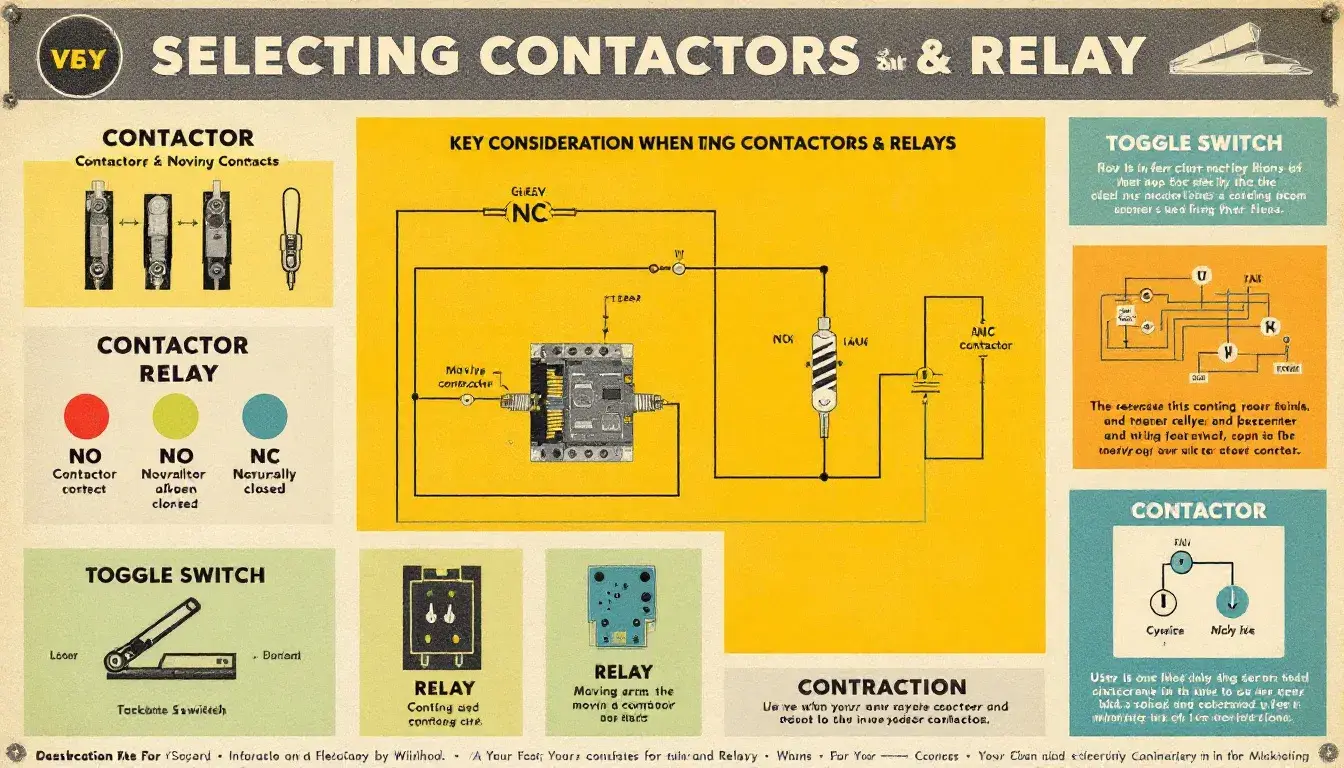The Complete Guide to Microwave Sensor
Table of Contents
ToggleMicrowave sensors, also known as radar sensors, are electronic devices that use microwave radiation to detect motion, presence, or distance. They are widely used in various applications, from automatic doors and security systems to industrial automation and traffic management. This complete guide to microwave sensors provides comprehensive insights into their working principle, applications, and advantages, showcasing their significance in modern technology and everyday life.
Working Principle of Microwave Sensors
Microwave sensors operate on the principle of the Doppler effect or radar technology. They emit continuous microwave signals, which bounce off objects in their detection area and return to the sensor. When there is no motion, the reflected signals have the same frequency as the emitted signals. However, when an object moves within the sensor’s detection range, the frequency of the reflected signals changes due to the Doppler effect. The sensor detects this frequency shift, indicating the presence and speed of the moving object.
Types of Microwave Sensors
Microwave Motion Sensors: These sensors detect motion by analyzing changes in the reflected microwave signals.
Proximity Sensors: Proximity sensors use microwave radiation to detect the presence of objects within a specified range.
Speed Sensors: Speed sensors use microwave technology to measure the speed of moving objects, such as vehicles on roads or trains on tracks.
Distance Measurement Sensors: These sensors use microwave signals to measure the distance between the sensor and an object.
Applications of Microwave Sensors
Automatic Doors: Microwave sensors are widely used in automatic doors found in shopping malls, airports, and commercial buildings. The sensors detect the presence of people approaching the door, triggering it to open automatically.
Security Systems: Microwave sensors are used in security systems to detect intruders or unauthorized movement in restricted areas. They are commonly employed in outdoor perimeter protection and indoor motion detection.
Traffic Management: Microwave speed sensors are used in traffic management systems to monitor vehicle speed, collect traffic data, and control traffic signals.
Industrial Automation: Microwave sensors are used in industrial automation for object detection, positioning, and measuring distances. They play a vital role in robotics and material handling systems.
Touchless Switches: Microwave proximity sensors are used in touchless switches for hands-free operation. They are commonly found in public restrooms, hospitals, and commercial buildings.
Lighting Control: Microwave motion sensors are used in lighting control systems to automatically turn lights on or off based on the presence or absence of people in a room.
Parking Sensors: Microwave proximity sensors are used in parking systems to detect the presence of vehicles and guide drivers in parking spaces.
Advantages of Microwave Sensors
Non-Contact Sensing: Microwave sensors offer non-contact sensing, which means they can detect objects without physical contact, reducing wear and tear and providing longer operational life.
Wide Detection Range: Microwave sensors can cover a wide detection range, making them suitable for large areas or long-distance applications.
High Sensitivity: Microwave sensors are susceptible and can detect even small movements, making them reliable for various applications.
Weather Resistance: Microwave signals are less affected by environmental factors like rain, fog, or dust, ensuring consistent performance in different weather conditions.
Fast Response Time: Microwave sensors offer fast response times, providing quick detection and reaction to changes in the detection area.
Versatility: Microwave sensors are versatile and can be used in various applications, from security and automation to traffic management and lighting control.
Difference between PIR & Microwave Motion Sensor
Tosunlux’selectrical components recognize the importance of microwave sensors in diverse applications. Their commitment to delivering high-quality and reliable microwave sensors ensures that customers have access to the latest and most efficient solutions.
Tel: +86-577-88671000
E-mail: ceo@tosun.com
Skype: tosunelectric
Wechat: +86-139 6881 9286
WhatsApp: +86-139 0587 7291
Address: Room No.1001 Wenzhou Fortune Center,Station Road, Wenzhou, China
REQUEST A QUOTE
WhatsApp us
 : +86-139 0587 7291
: +86-139 0587 7291 English
English Español
Español Русский
Русский Français
Français العربية
العربية Português do Brasil
Português do Brasil Українська
Українська Türkçe
Türkçe Polski
Polski Nederlands
Nederlands Italiano
Italiano Bahasa Indonesia
Bahasa Indonesia हिन्दी
हिन्दी اردو
اردو አማርኛ
አማርኛ Հայերեն
Հայերեն ไทย
ไทย Монгол
Монгол فارسی
فارسی Shqip
Shqip Ελληνικά
Ελληνικά




